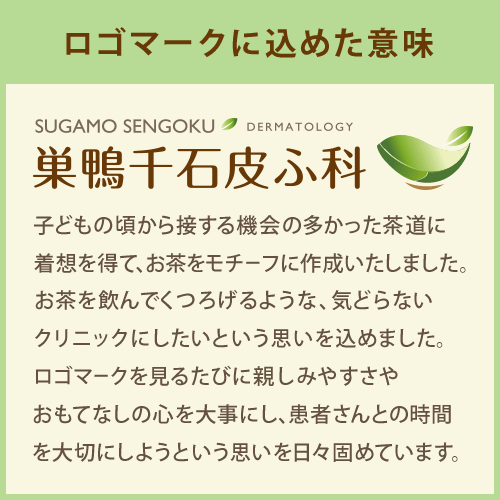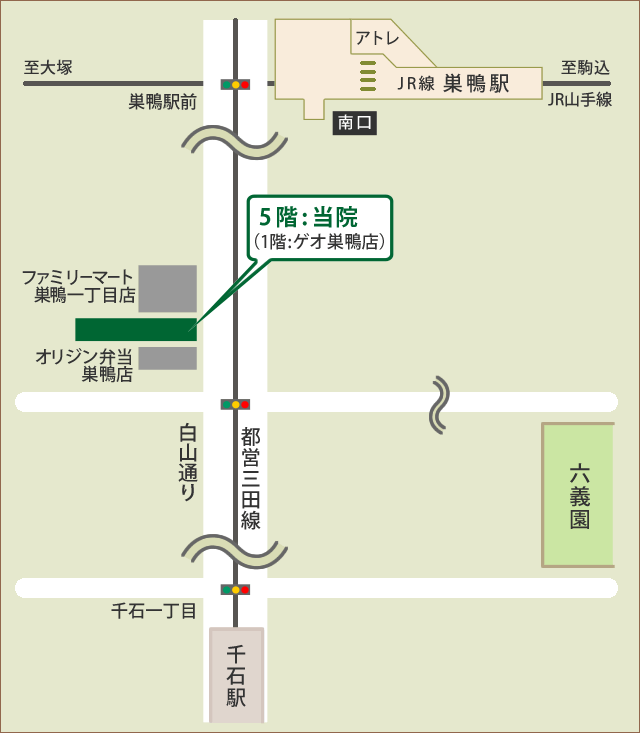What are antihistamines?
Histamine is a substance found in the body, mainly in mast cells, and is activated by certain factors. The most common symptom of histamine overactivity is an allergic reaction. Depending on where histamine acts up, symptoms such as itchy eyes, runny nose, dry skin, and itchy skin may occur.
Antihistamines suppress allergic reactions by reducing the action of histamine.
Types of Antihistamines
There are first- and second-generation antihistamines. The first generation antihistamines had a significant effect on the brain, causing side effects such as severe drowsiness and impaired cognitive function, which lead to the development of the second generation antihistamines. Second-generation antihistamines are now the mainstream drug, with fewer side effects, longer-lasting results, and superior efficacy in treating allergic reactions.
List of antiallergic drugs(second-generation)
| brand name |
generic name |
PMDA approved |
generic |
|---|---|---|---|
| Alesion | epinastine | 1994 | ○ |
| Ebastel | ebastine | 1996 | ○ |
| Zyrtec | cetirizine | 1998 | ○ |
| Talion | bepotastine | 2000 | ○ |
| Allegra | fexofenadine | 2001 | ○ |
| Allelock | olopatadine | 2001 | ○ |
| Claritin | loratadine | 2002 | ○ |
| Xyzal | levocetirizine | 2010 | ○ |
| Bilanoa | bilastine | 2016 | × |
| Desalex | desloratadine | 2016 | × |
| Rupafin | rupatadine | 2017 | × |
Effects of Antihistamines
Generally speaking, drugs with strong antihistamine effects are considered to be more effective in improving symptoms. However, since the way drugs work varies from person to person, the reported strength of antihistamine does not always correspond to its effectiveness. We can help you find the right medicine for you by trying different ones.
Conditions treated with antihistamines
Antihistamines are mainly used for allergy-related conditions and symptoms. They are used for allergies including hay fever, food, and medications, as well as itchy skin.
Side Effects of Antihistamines
The most common side effect of antihistamines is drowsiness. Originally used to treat allergies, some drugs, such as Driel, are marketed as sleep-enhancing drugs because of their effective drowsiness effect. The strength of the drug has nothing to do with how easily it causes drowsiness. Extreme drowsiness does not necessarily make the drug more effective in improving allergy symptoms.
The package inserts of many antihistamines warn against driving a car, and the accompanying information that physicians refer to when prescribing these drugs is divided into the following three groups. Please refer to this information, as you may be searching for some antihistamines that do not make you drowsy during the hay fever season.
1. Medicine that will not affect driving
The package inserts for these following medicines do not list driving as a precaution.
Bilanoa (Bilastine)
Desalex (desloratadine)
Allegra (fexofenadine)
Claritin (loratadine)
2. Medicine that require caution when driving
The package inserts for these following medicines state, “Patients taking these drugs should take caution when operating hazardous machinery, such as driving a car, because they may become drowsy.”
Talion (bepotastine)
Alesion (epinastine)
Ebastel (ebastine)
3. Medicine that impair driving
The package inserts for these following medicines state: “As this drug may cause drowsiness, patients taking these drugs should not be allowed to engage in dangerous mechanical operations, such as driving a car.”
Rupafin (rupatadine)
Xyzal (levocetirizine)
Zyrtec (cetirizine)
Allelock (olopatadine)
There are other side effects as well, although they are not as common as the side effect of drowsiness. Specifically, gastrointestinal symptoms such as constipation, nausea, and dry mouth have been reported, as well as twitching of the face and limbs with some medications.
Antihistamine Usage
Antihistamines may be taken either twice a day or only once a day. The ones that are taken once a day last the entire day, while the ones that are taken twice a day lose their effect after half a day, so those who are worried about missing a dose may prefer to take them once a day.
Dosage forms of antihistamines
Antihistamines are available not only as oral medications, but also as ointments, patches, eye drops, and nasal drops. Dermatologists use oral medications for systemic symptoms, while ointments may be used for localized itching of the skin or eczema. Medications include orally disintegrating tablets (ODT), powders, and syrups. Orally disintegrating tablets dissolve quickly in the mouth with saliva and are easy to take little or no water.
Antihistamines and Pregnancy and Lactation
Many second-generation antihistamines are considered relatively safe to use during pregnancy. In many cases, the package insert states that they should be used when beneficial during pregnancy. In particular, Claritin (loratadine) and Zyrtec (cetirizine) have had long history of usage and are easy to use.
During lactation, Allegra (fexofenadine) and Claritin (loratadine) are the recommended antihistamines to take.
Topical medications such as ointments can be used without problems, as there is almost no need to worry about their transfer to the fetus or breast milk.



















